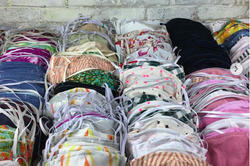RISD makers are helping to address the nationwide shortage of personal protective equipment.
Teaching Across Time Zones
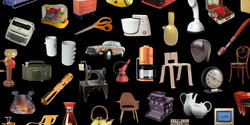
RISD’s History of Industrial Design course has long been a rite of passage for Industrial Design sophomores.
Created and taught by Matthew Bird 89 ID, a longtime faculty member and graduate of the department himself, the class covers centuries of global making, focusing on the things humans have created since before the Industrial Revolution. Essentially, it tells the story of a species that survives by making and using widgets, gadgets and other cool tools for everyday living.
“You can’t teach the history of industrial design without discussing the history of everything else.”
“You can’t teach the history of industrial design without discussing the history of everything else,” says Bird, who is teaching two sections of 50 students each this spring.
“The class helps students to identify their own interests and concerns by examining the work of other designers, using history to avoid distractions, false starts, pitfalls and unnecessary mistakes in their own work.”
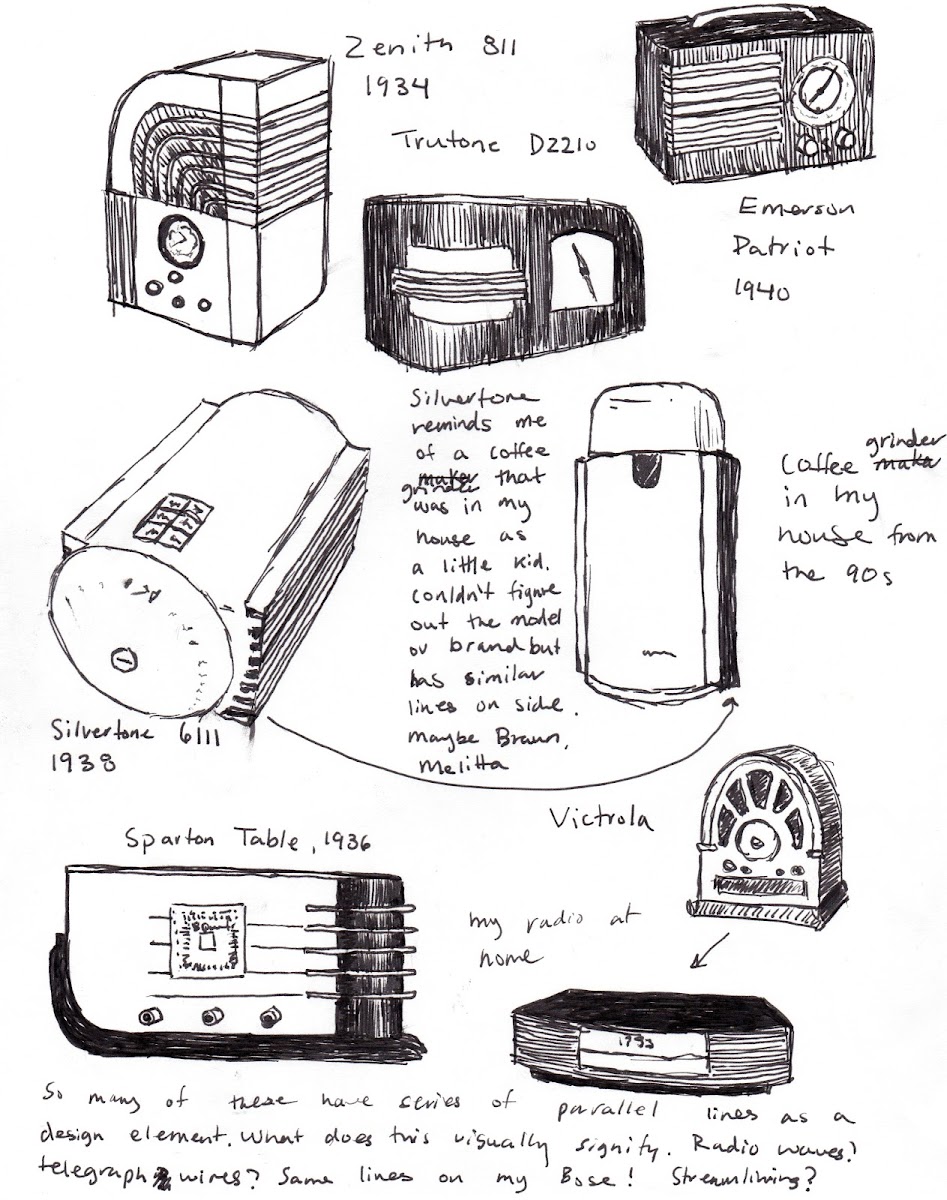
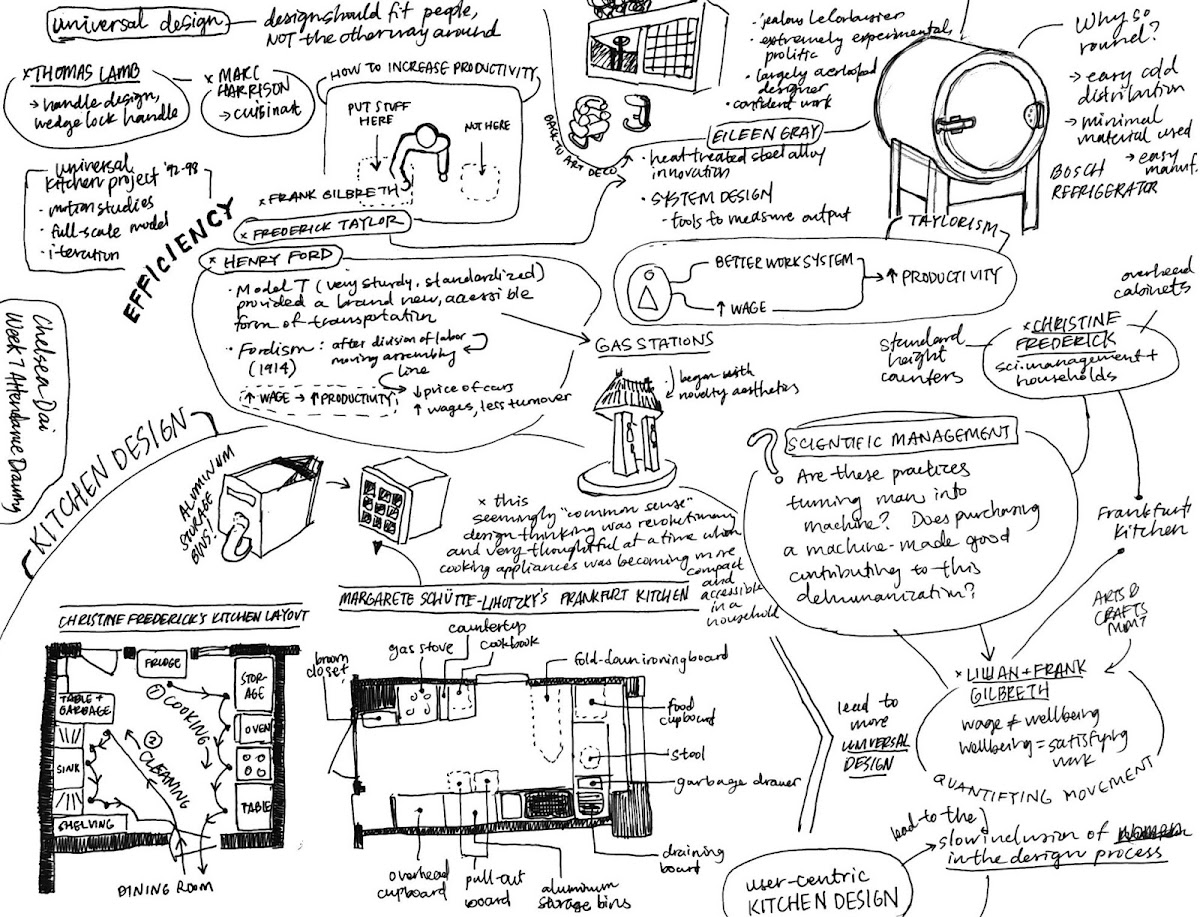
In many ways Bird’s curriculum offers a relatively seamless entree to virtual learning in the face of the COVID-19 pandemic. He updates and builds upon his course website every year, adding new recordings of his presentations on everything from the Shakers to Art Nouveau to the Bauhaus, along with an eclectic collection of resources.
Interested in the history of the zoot suit? Or how American-born dancer Josephine Baker became a force in the French resistance during World War II? It’s in there.
Students respond to lectures and readings by submitting drawings and sketches inspired by their content—visual notes that Bird describes as “profoundly beautiful.”
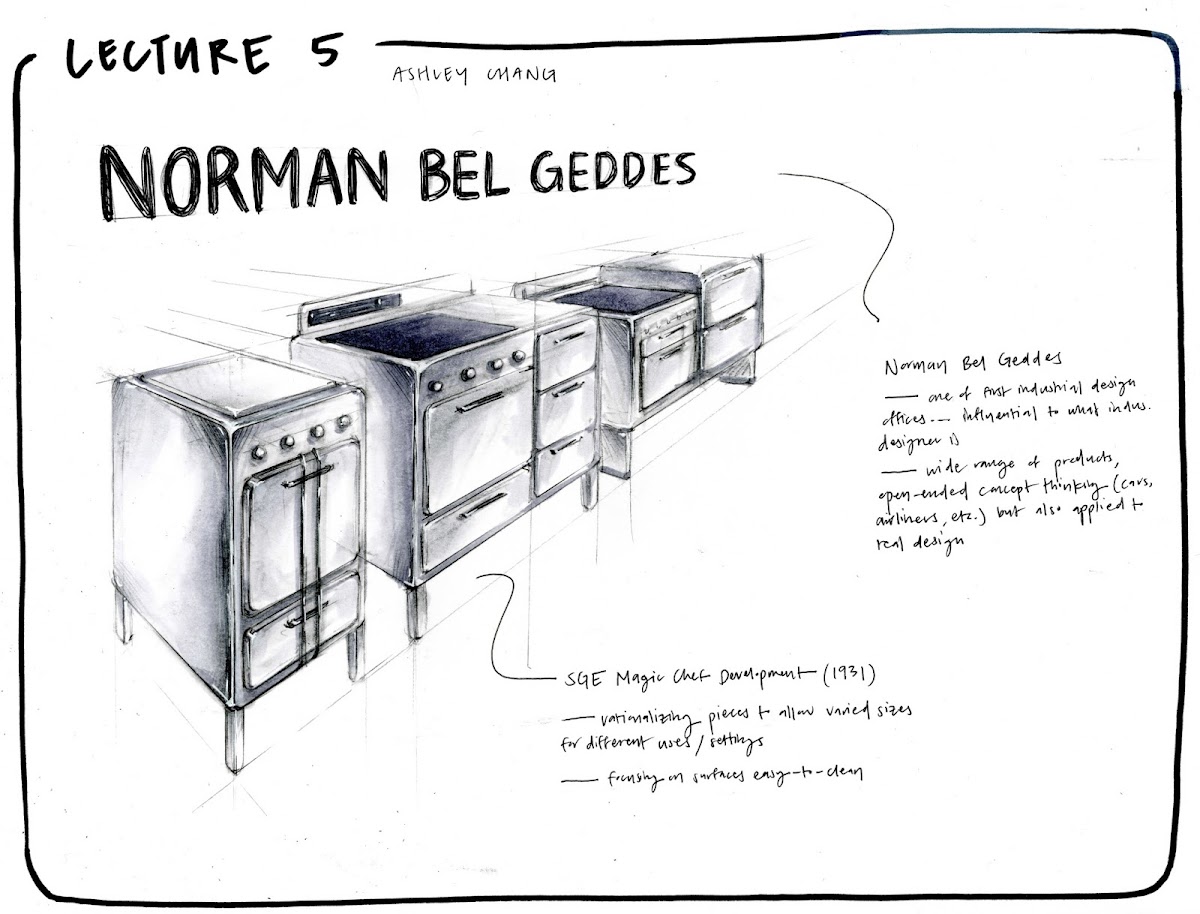
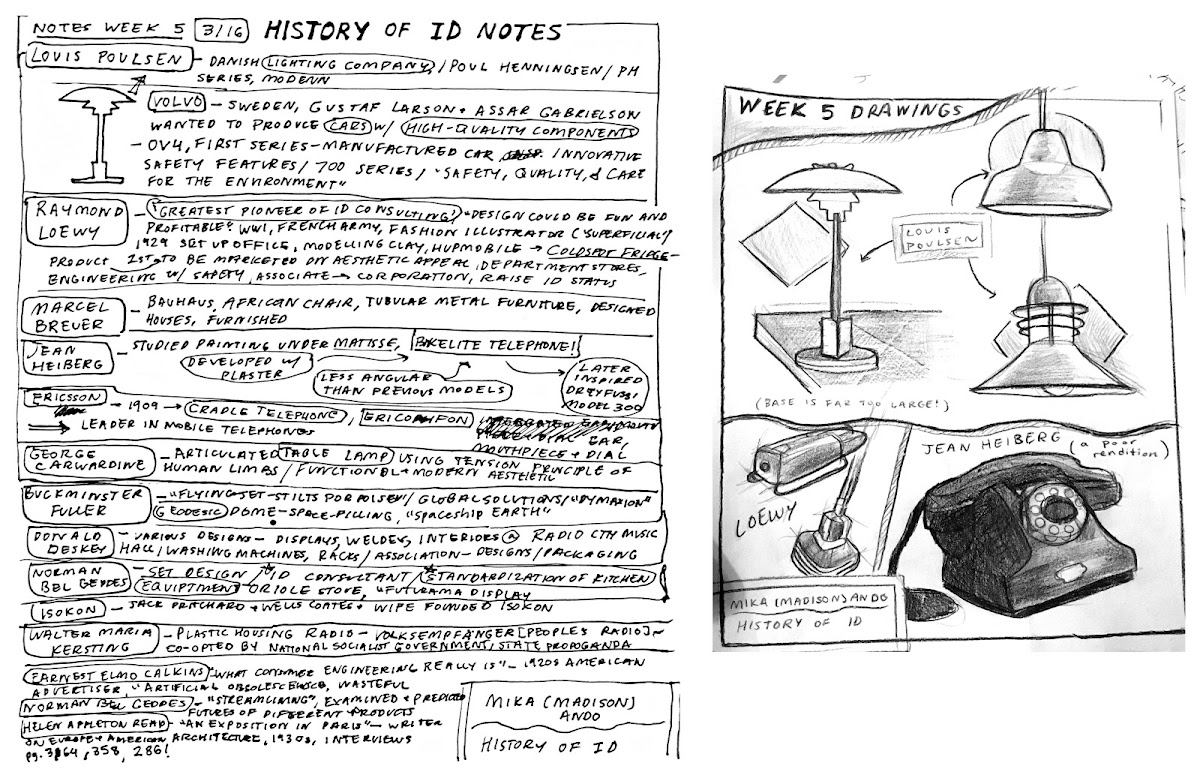
Now that students are studying from home around the world, Bird’s Zoom sessions offer a lifeline to those who are able to sign in. Many of them are in mainland China, where they have been in quarantine since arriving from the US last month.
“We use the calls to discuss the readings, check in and maintain community, which we all really need,” says Bird. “Our class time is the only thing that isn’t pandemic-related—that’s about building community and generating hope. The virus has made everyone more keenly aware of how valuable our community is, and that’s not a small thing.”
“Our class time is the only thing that isn’t pandemic-related—that’s about building community and generating hope.”
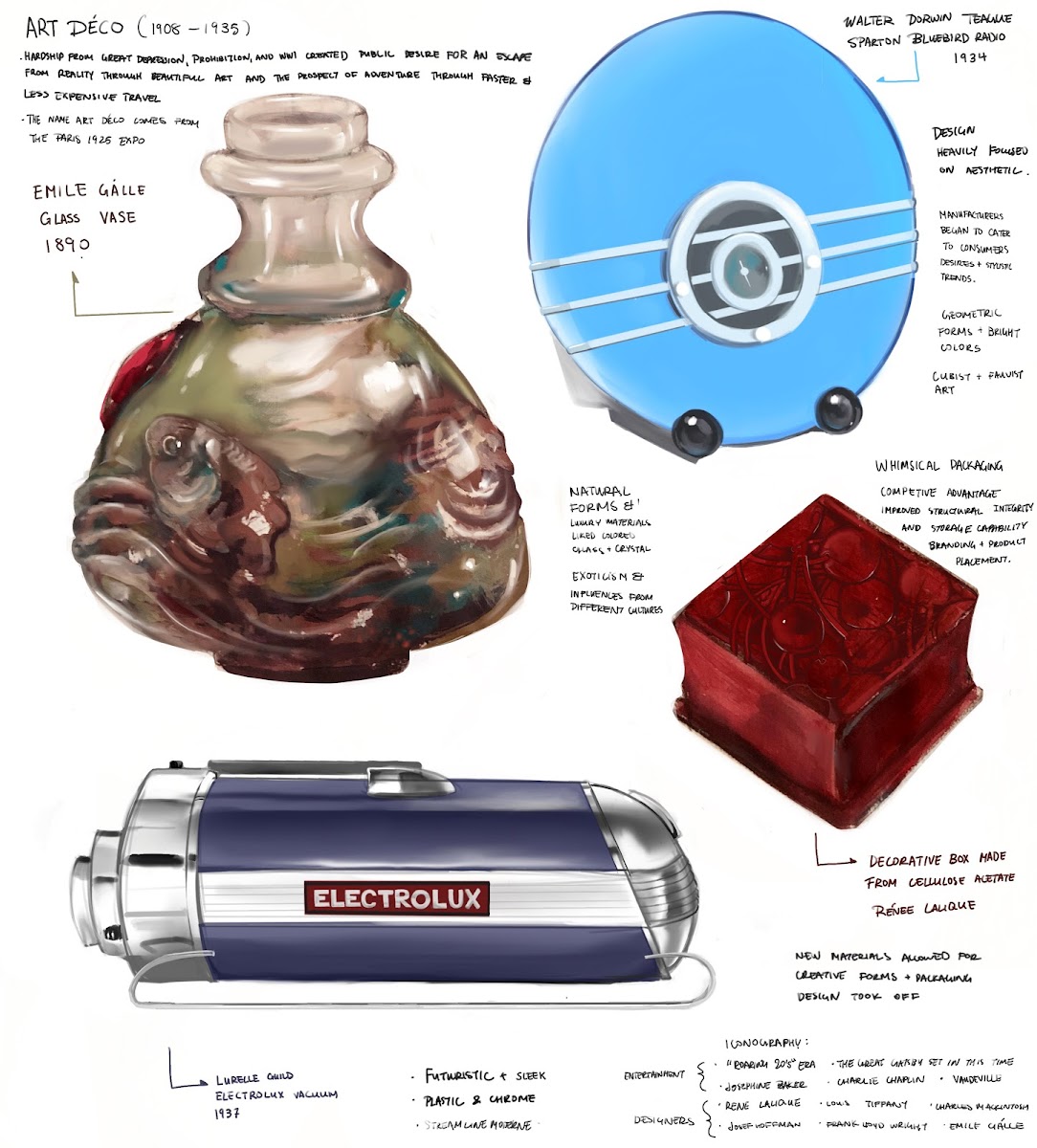
The course culminates in a multiphase research project focused on a randomly assigned object from the department’s incredible product collection: radios, cameras, vacuum cleaners and other iconic everyday objects dating back to the 1800s.
And though students have not been able to actually hold the objects since leaving campus in mid March, they can research just about every detail of their background online—from the patent number to the inventor to early advertisements touting their time-saving, life-altering virtues.

Students come to RISD with “impressive computer and social networking skills,” says Bird. “They just need to translate those skills to do research.”
Consider a 1970s Braun coffeemaker, one of many objects that might be assigned. Students begin with basic questions such as: “What’s it made of? How much did it cost? Is there a patent?”
They then compare other objects from the same era—and might discover, for instance, that the Braun coffeemaker cost five times more than the Mr. Coffee from the same time. ”That helps designers understand how the product was positioned in the marketplace,” says Bird.
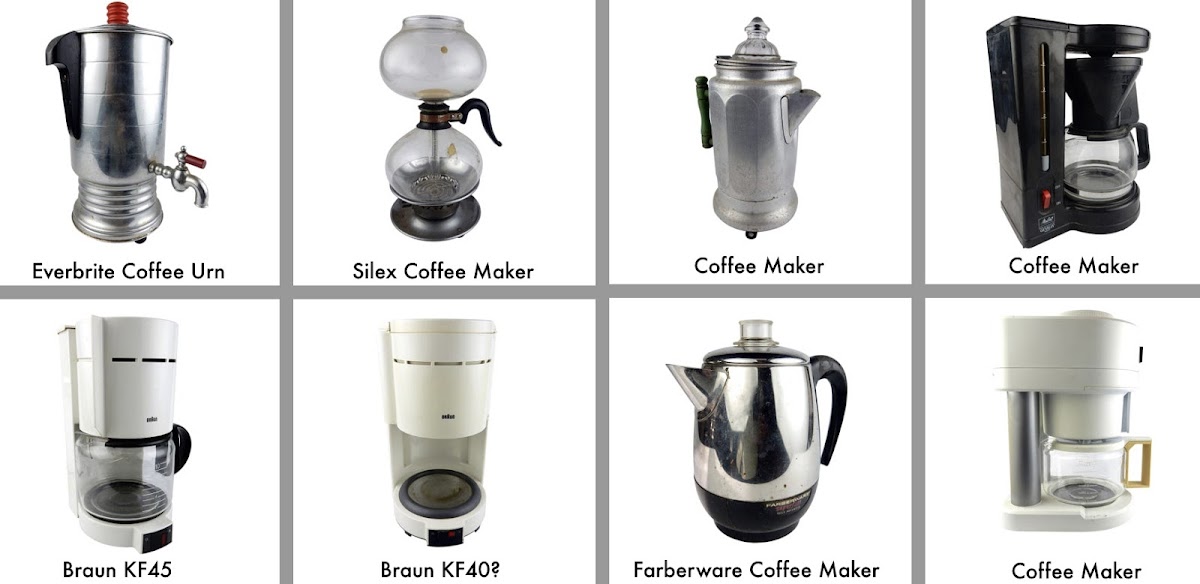
And the fact that many students are home with their parents (and even grandparents)—outside of “the RISD bubble,” as Bird puts it—makes the content of his course that much more meaningful.
“Normally when I talk about a kitchen mixer from the 1950s, students don’t really know what that is,” he says. “But now a lot of them are saying, ‘I watched this lecture with my grandmother and she used to have that!’ So the physical shift is helping them to attach schoolwork to a bigger experience, which is a real benefit, especially for industrial designers.”
—Simone Solondz
April 7, 2020
